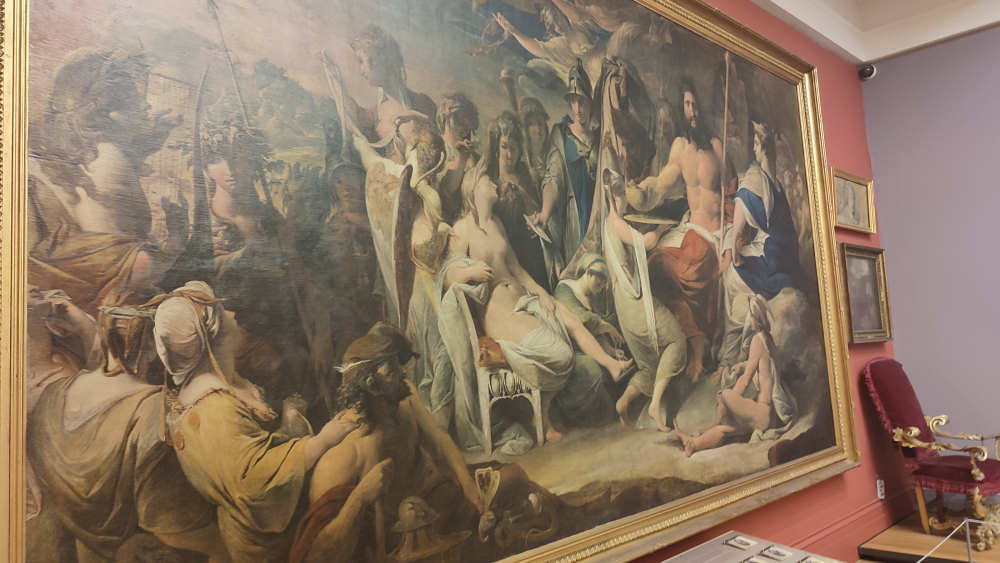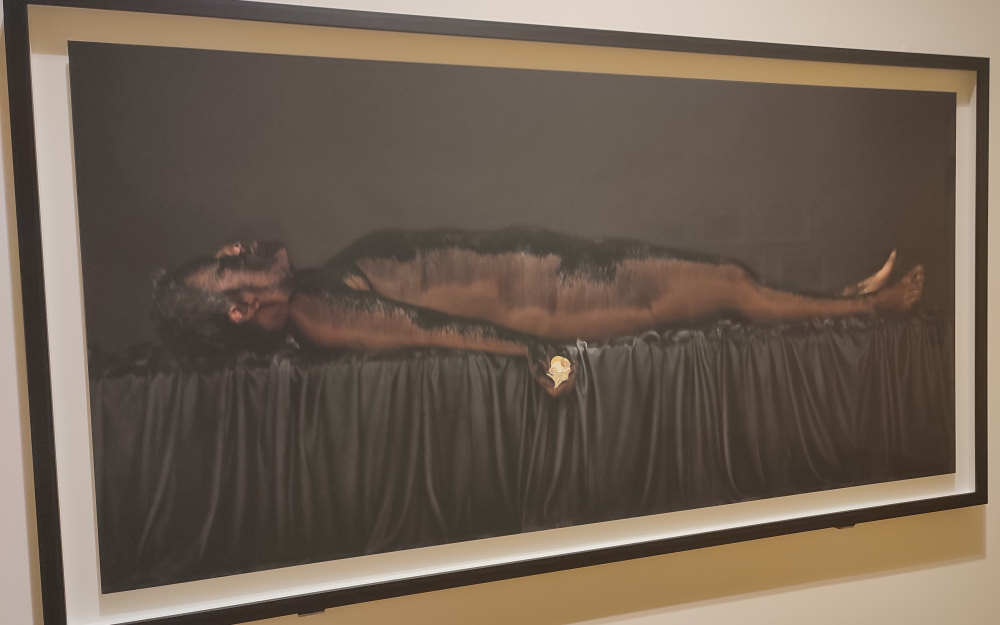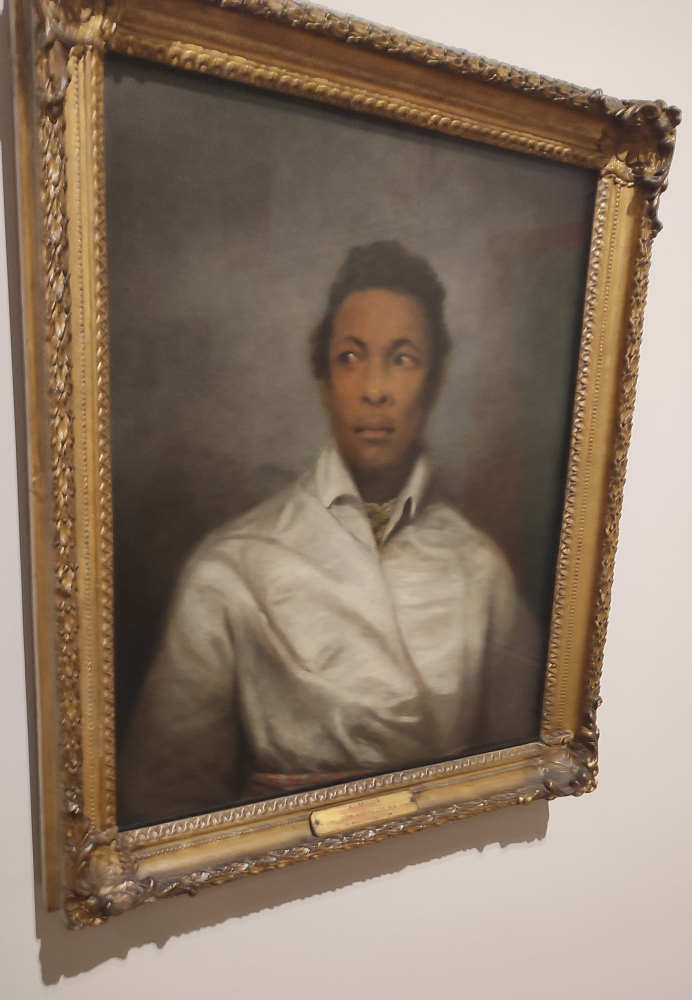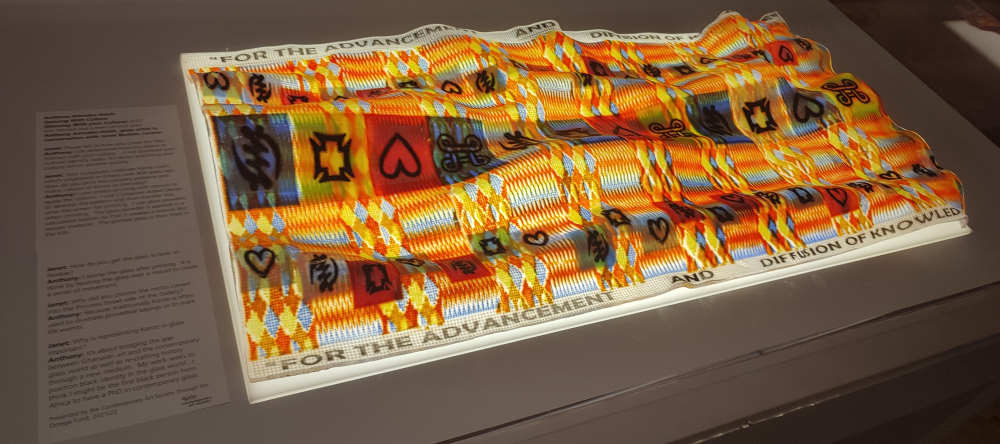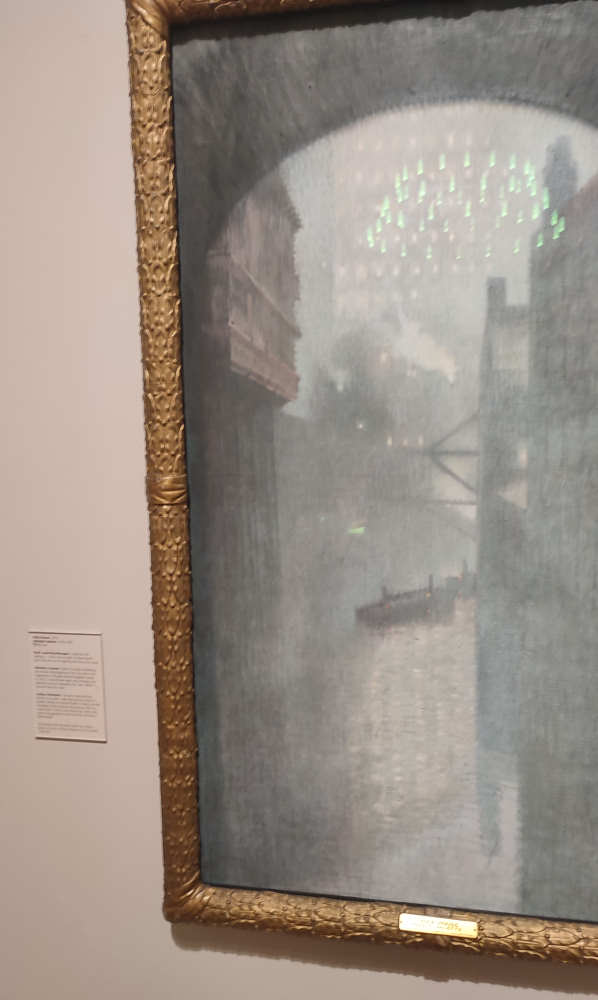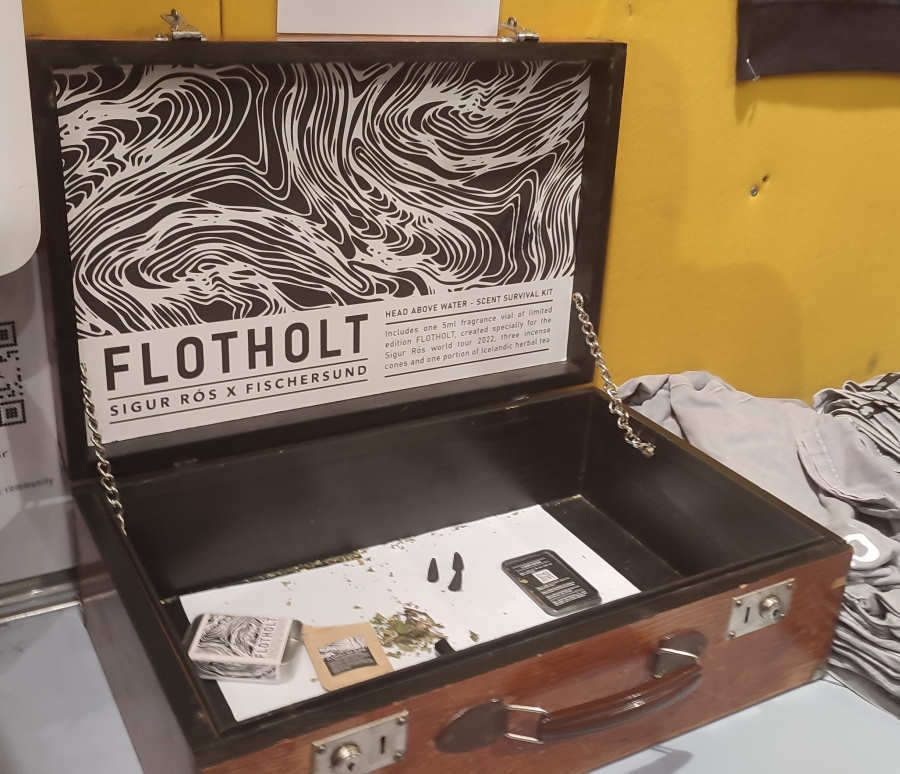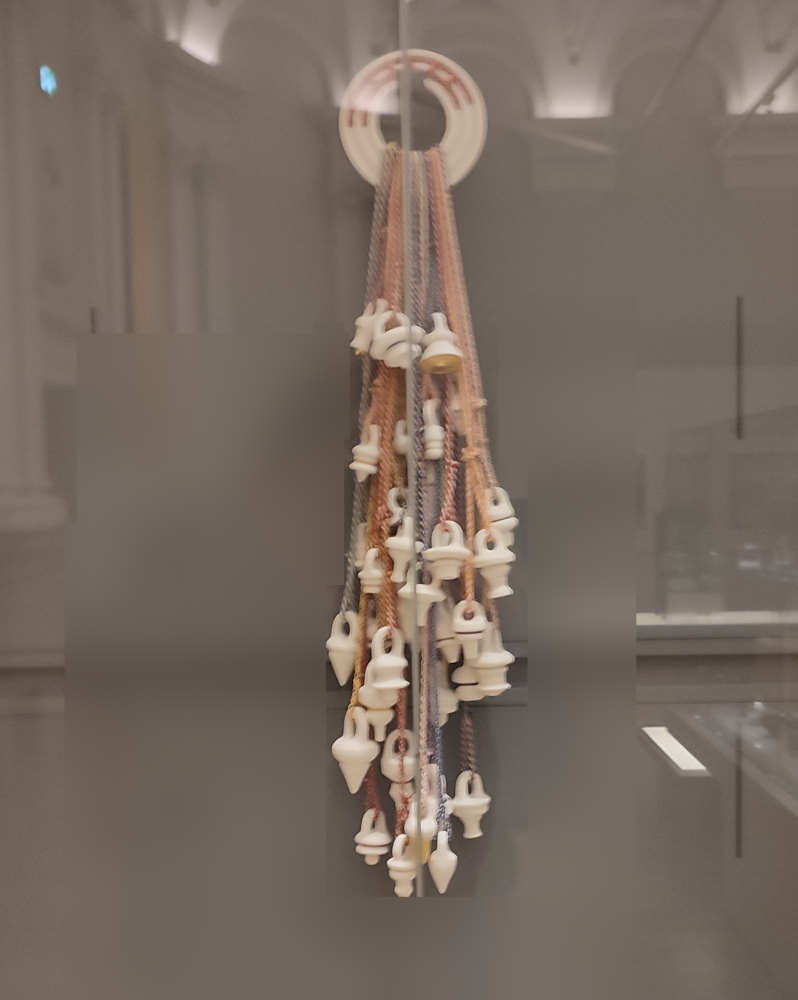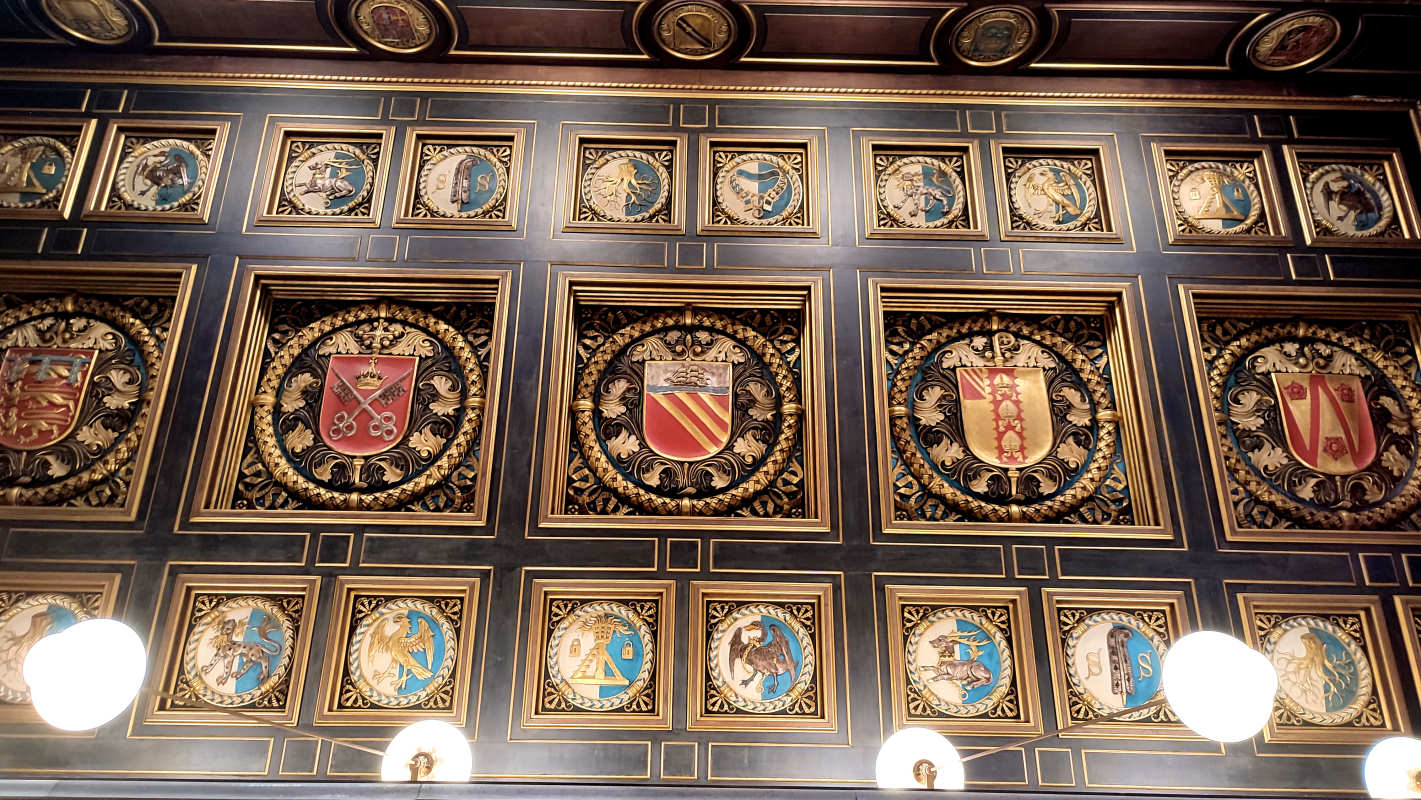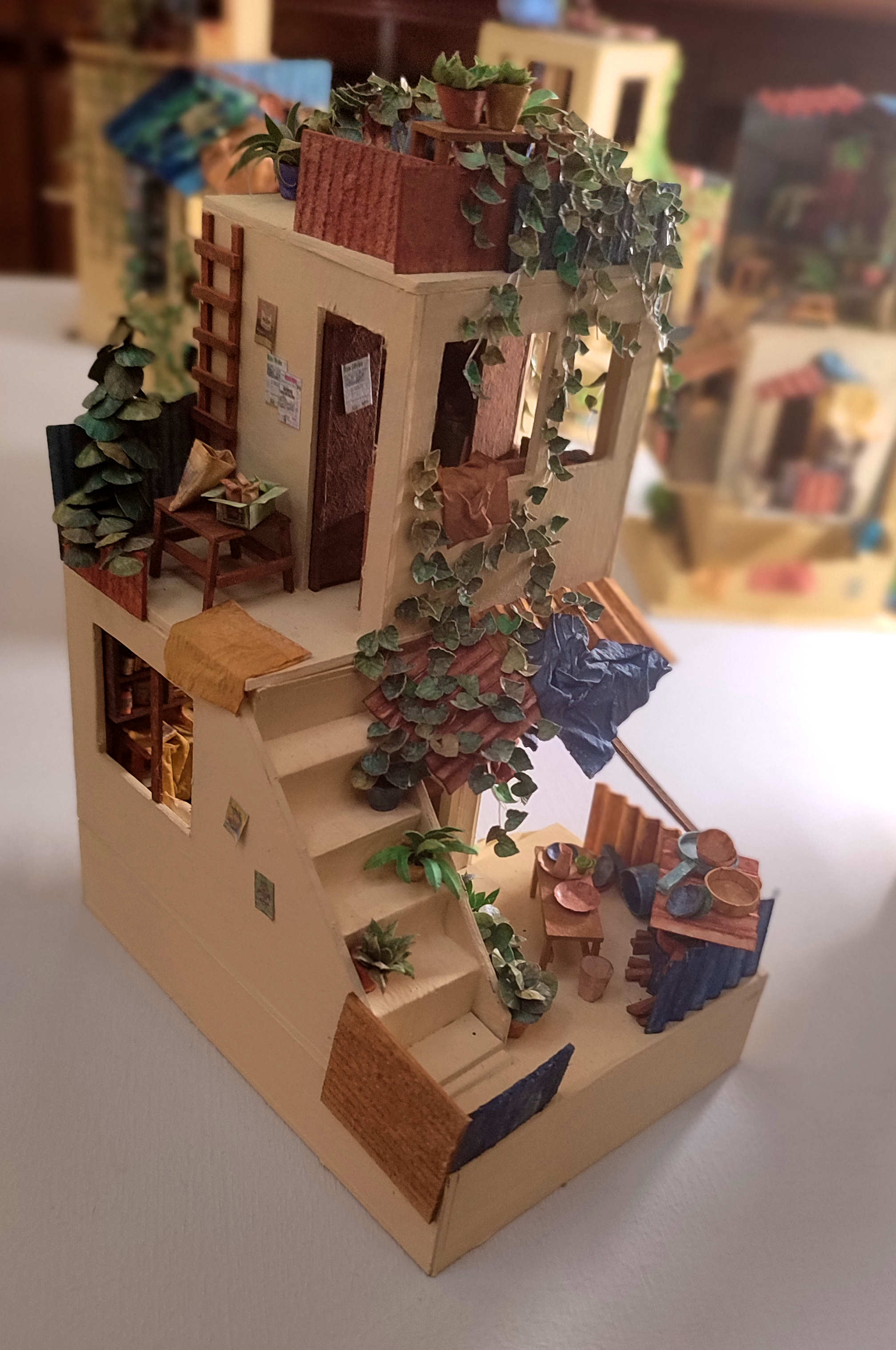Iō Saturnalia! Just as last year, a month ago, i flipped the tables and invited you all to send
me whatever you wanted and i would put it up on the site. I’m pleased to say that even more took
up my offer than last year, and over the next five days, you’ll be seeing a variety of their
works. Our first submission for 2022 comes from a reader by the nom de plume of Baki. Enjoy.
One thousand eight hundred and seventy dollars. That was all. She had put it aside, one dollar and
then another and then another, in her careful posting of selfies and other online activity. Della
counted it three times. One thousand eight hundred and seventy dollars. And the next day would be
Christmas.
There was nothing to do but post an Instagram Story and cry. So Della did it.
While the lady of the home is slowly growing quieter, we can look at the home. A
VW van. There is little more to say about it.
The engine had decided to finally stop working completely and needed replacement. In the back there
was an area too small to hold a toilet. There was a bed, but it was not long enough. Also there was
a barely functional kitchen with the names of the owners above the tiny window surrounded by little
hearts, Della and James Young.
When the names were placed there, Mr. James Dillingham Young was being paid $300 a week via PayPal,
Venmo, and Patreon from people supporting their #vanlife social media lifestyle. Now, when he was
being paid only $200 a week, the name seemed too long and important. It should have been “Jamie
Young.” But when Mr. James Dillingham Young entered the van, his name became very short indeed. Mrs.
James Dillingham Young put her arms warmly around him and called him “Jim.” You have already met
her. She is Della.
Della finished her Instagram Story and wiped the tears from her face. She sat by the window and
looked out with no interest. Tomorrow would be Christmas Day, and she had only one thousand eight
hundred and seventy dollars with which to buy Jim a gift. She had put aside as much as she could for
months, with this result. Two hundred dollars a week is not much. Everything had cost more than she
expected. It always happened like that.
Only $1,870 to buy a gift for Jim. She had had many happy hours planning something nice for him.
Something nearly good enough. Something almost worth the honor of belonging to Jim.
There was the interior of the van. Perhaps you have seen the kind of interior of a van that is
created by two people living #vanlife on social media. There was wood. There were lots of fairy
lights. There was a colorful blanket to tie it all together. It was very narrow and hard to
photograph properly with an iPhone that was two generations out-of-date. However, if she were very
patient and used a cheap five dollar fish eye lens attachment, she might be able to get a good pic
of the interior. Della, being quite patient, had mastered this art.
Suddenly she stopped trying to film the interior of the van and stared at her phone. Her eyes were
shining brightly, but her face had lost its color. Quickly she turned off her phone and set it down
on the colorful blanket.
The James Dillingham Youngs were very proud of two things which they owned. One thing was Jim’s
VW van. It had been their reason for quitting their boring forty hour a
week jobs so they could live their #bestlife. The other was Della’s iPhone, the only camera they
owned which allowed them to document their #vanlife on social media so they could be influencers.
If a queen had lived in the campsite next to them, Della would have taken pics of her with the two
generation old iPhone and posted them so the queen could see. Della knew that her pics were more
beautiful than any a queen could have taken with much more modern equipment.
If a king had lived in the campsite next to them, with his fancy $200,000
RV with pop outs and self-leveling, Jim would have invited him over for
a ramen dinner. Jim knew that no king had anything as wonderful as his
VW van.
So Della stared down at her iPhone then picked it up again. She stopped for a moment and stood still
while a tear or two ran down her face.
With the bright light still in her eyes, she created an eBay auction for her phone then announced it
on social media.
“Will you buy my phone? Only two hours to bid!” Della Instagramed.
“Wonderful iPhone for sale. Only two hours to bid!” Della Facebooked.
“Get it while you can! #carpediem #2hourauction” Della Tweeted.
Two hours later, PayPal announced a four hundred dollar increase in their account.
Oh, and the next thirty minutes seemed to fly. She was going from online store to online store, to
find a gift for Jim.
She found it at last. It surely had been made for Jim and no one else. There was no other like it in
any of the online stores, and it was from a shop very close to them.
It was an original replacement engine for the VW van.
As soon as she saw it, she knew that Jim must have it. She paid the two thousand two hundred and
seventy dollars for it. The owner of the shop was a fan, a subscriber to their YouTube channel, and
promised it would be delivered within the hour.
What luck! To find the engine so close to their location and so close to Christmas!
Humming Christmas carols under her breath, Della quickly posted that “big things were afoot” and
that she “might be off social media for a while” to her social media accounts then packed up her
iPhone to be shipped to the winner of the eBay auction.
When Della had done this, her mind quieted a little. She began to think more reasonably. She started
to try and cover the sad marks of what she had done. Love and large-hearted giving, when added
together, can leave deep marks. It is never easy to cover these marks, dear friends – never easy.
Within forty minutes her head looked a little better and the engine had been delivered. “If Jim
doesn’t kill me,” she said to herself, “after he realizes we can’t post to social media any longer.
But what could I do – oh! What could I do with one thousand eight hundred and seventy dollars!”
At seven, Jim’s dinner was ready for him.
Jim was never late when he was out scouting new locations worthy of being photographed. Della held
the colorful blanket that the engine lay on and sat cross-legged on the bed. Then she heard his step
outside and her face lost color for a moment. She often said little prayers quietly, about simple
everyday things. And now she said: “Please God, make him think the engine is nice.”
The van door opened and Jim crawled in. He looked very fit and he was not smiling. Poor fellow, he
was only twenty-eight – and with only a couple hundred followers on Twitter!
Jim stopped inside the door. He was quiet as a hunting dog when it is near a bird. His eyes looked
strangely at Della, and there was an expression in them that she could not understand. It filled her
with fear. It was not anger, nor surprise, nor anything she had been ready for. He simply looked at
her with that strange expression on his face.
“You’ve bought me an engine?” asked Jim slowly. He seemed to labor to understand what had happened.
He seemed not to feel sure he knew.
Jim put his arms around Della. For ten seconds let us look in another direction. Two hundred dollars
a week or a million dollars a month – how different are they? Someone may give you an answer, but it
will be wrong. The magi brought valuable gifts, but that was not among them. My meaning will be
explained soon.
From inside the coat, Jim took something tied in paper. He threw it upon the blanket. “I sold the
van to get the money to buy you the new iPhone.”
For there lay The Latest iPhone – the iPhone that Della had been reading reviews about for months. A
beautiful iPhone with improved lenses and increased memory, perfect for taking selfies and pics of
their van. She had known it cost too much for her to buy. She had looked at it without the least
hope of owning it. And now it was hers, but the van was sold.
And then she cried, “Oh, oh!”
The magi as you know, were wise men – wonderfully wise men – who brought gifts to the newborn
Christ-child. They were the first to give Christmas gifts. Being wise, their gifts were doubtless
wise ones. And here I have told you the story of two influencers who were not wise. Each sold the
most precious thing they owned in order to buy a gift for the other.
But let me speak one last word to the wise these days. Of all who give gifts, these two were the
most wise. For when Della popped back onto social media that night using her new iPhone to tell
their followers this story, Della and Jim went viral. Money and offers of sponsorship poured in. The
lady who bought Jim’s van gave it back to him for nothing. The shop who sold Della the engine
installed it for free. Of all who give and receive gifts, such as they are most wise. Everywhere
they are the wise ones. They are the influencers.
#blessed #bestlife #vanlife
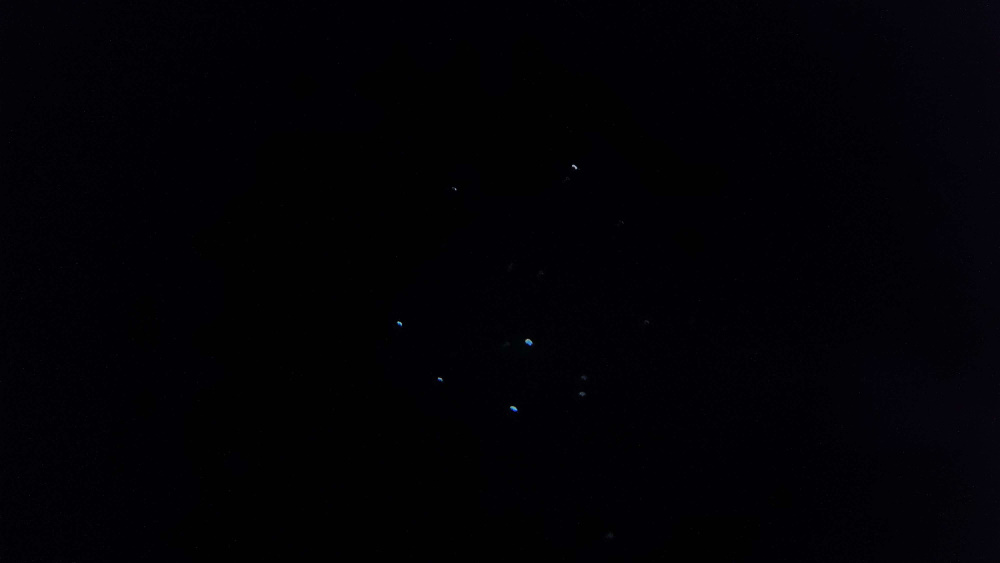

![An edited Simpsons screenshot reading “Note: [it's coming home] died on the way back to [its] home planet”](/garden/media/image.png)

